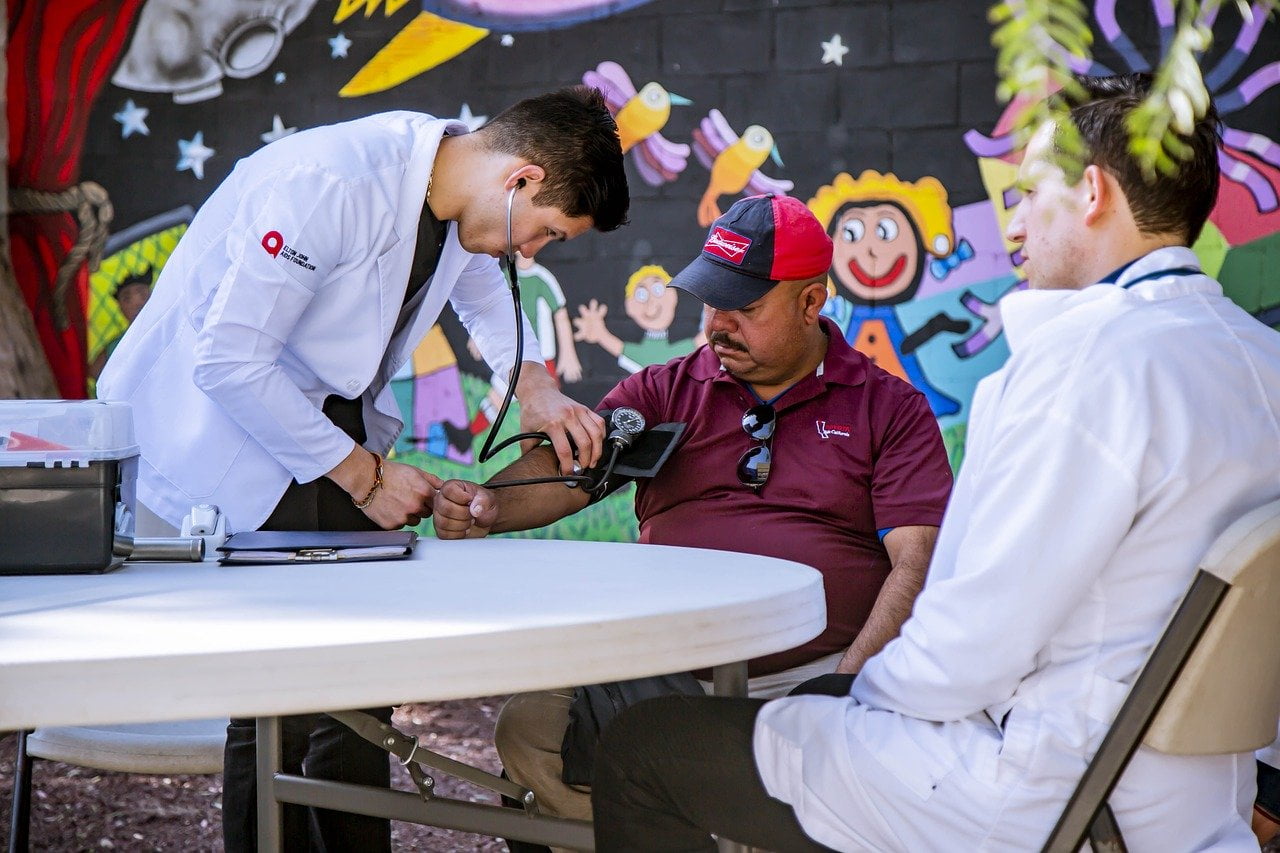It’s been over six months since Congress last approved a stimulus check. Though a petition asking for more stimulus checks continues to gain support, it is now highly unlikely that there will be more federal stimulus checks. However, many Americans may still get one more stimulus payment, but this would come from health insurers. This coronavirus stimulus check from health insurers would come in the form of a rebate or check.
Q2 2021 hedge fund letters, conferences and more
Lately, the federal government has been working with health insurers to make them more efficient, as well as encouraging them to issue rebates if they don’t spend enough on care.
Generally, you pay your insurer the same amount of premium each month. However, an insurers’ spending varies depending upon the claims it gets. Thus, to ensure health insurers don’t keep extra money to themselves, the Affordable Care Act lays down “medical loss ratio” requirements.
To comply with the “medical loss ratio” requirements, the health insurers need to spend at least 80% of the premiums on claims and activities related to policyholders. These activities could be wellness coaching, programs aimed toward helping users manage their health conditions, health checks, and others.
Further, the “medical loss ratio” requirements say that up to 20% of the premiums can go toward overhead. This requirement is popularly known as the 80/20 rule. For large group plans with 50 or more employees, the ratio requirement is 85/15.
In case health insurers fail to meet the ratio requirements, they will have to refund rebates to the policyholders through a premium credit or check.
How Much Money To Expect?
In 2020, health insurers owed $2.5 billion in rebates to their policyholders. This year, as per an estimate by the nonprofit Kaiser Family Foundation, the insurers would owe $2.1 billion to about 10.7 million Americans. These rebates are based on a three-year average. Last year, the claims were lower because of the pandemic.
The amount of money that policyholders would get varies on the basis of region and their health plan. For instance, the average eligible policyholder in Kansas got $1,359 in 2019, while the average amount was zero in Delaware.
More money would go to people insured in the individual market in comparison to the small group market. Other factors also impact the payment. For instance, if your insurance is through your employer, then the rebate would be split between you and your company.
To know whether or not you qualify for this health stimulus check, you can use the MLR Search Tool. This tool is from the Centers for Medicare & Medicaid Services, and enables users to check to see if their insurance provider meets the minimum “medical loss ratio” requirements or not.













